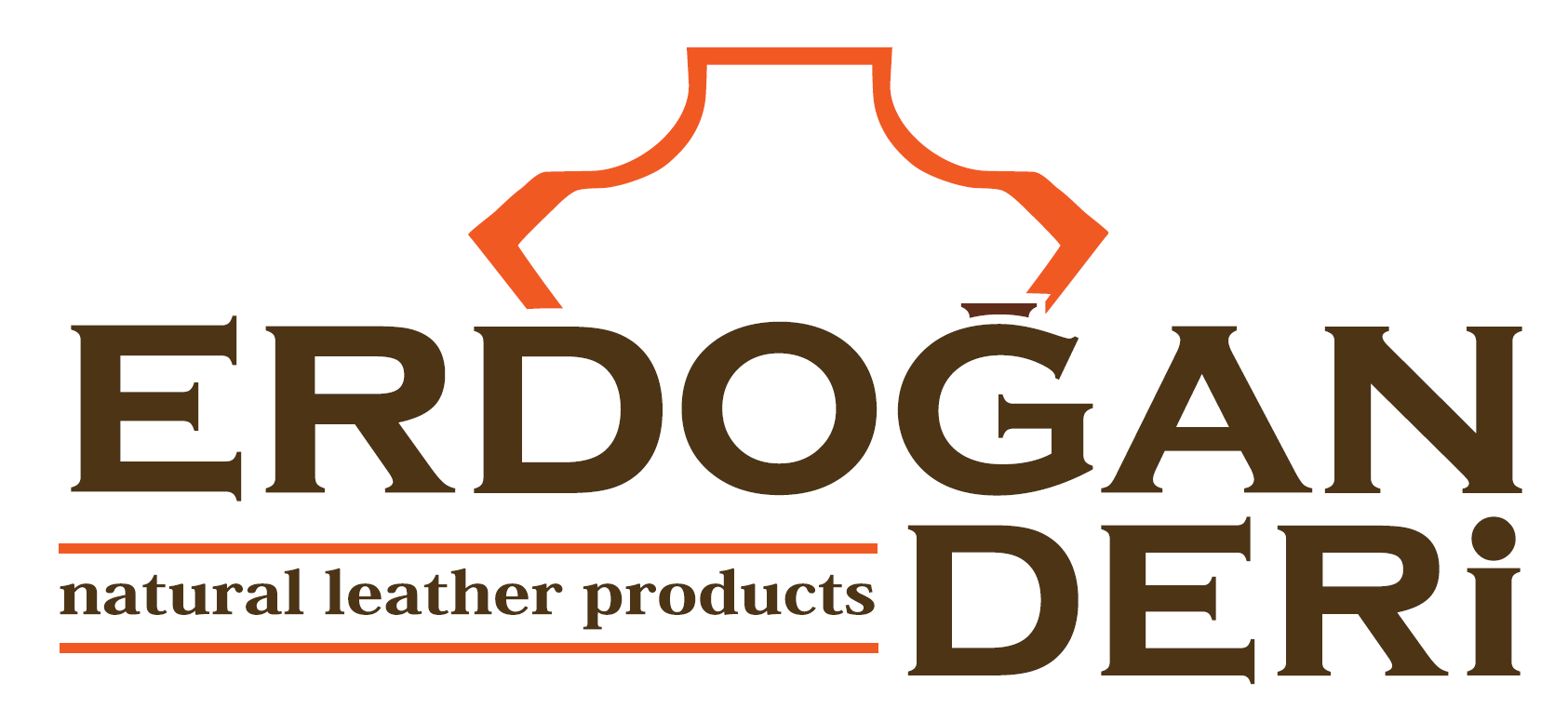
02 Jan What Are The Production Stages in The Tannery Factory?
Tannery process is at the heart of the process while creating any items with leather. To prepare or process skins or hides into leather, tannic acid is used in the process of tanning. The pelt’s unprocessed collagen fibers are transformed into a durable material that won’t rot.
Naturally, the process of tanning significantly enhances the leather’s inherent properties, such as its dimensional stability, abrasion resistance, chemical and heat resistance, and resistance to repeated cycles of wetting and drying. Let’s dive into the stages of tannery and what each step entail to create high-quality leather.
What is tannery factory?
The process of treating animal hides and skins to make leather is known as tanning. The process generally takes place at a leather factory. The place where the skins are processed is a tannery.
It makes sense to define what “tanning” is before proceeding. Leather is created from raw animal skins through a series of chemical processes known as tanning. Here are a few crucial steps in this lengthy process.
Production stages in tannery factory
Leather comes in a wide range of varieties, and as a result, there are numerous manufacturing processes and numerous ways to describe each type. In a typical leather factory, the leather production cycle is broken down into these five steps:
- Preservation.
A procedure that allows the raw material to be transported and stored temporarily. Even though it’s typical, it’s not necessary if a tannery factory leather factory is close to a slaughterhouse. This occurs at the conclusion of the slaughterhouse processes, where all animal leather—with the exception of reptile leather—is a by-product.
- Preparation.
The collagen structure is opened, and the animal hides such as cowhide leather, are fleshed, processed with base chemicals, and split into grains and splits after being cleaned of dirt, blood, salt, and hair. The leather used for upholstery and automobiles frequently splits at this stage. In-depth tanning is also provided with hides.
- Tanning.
Leather is produced during tanning by converting the collagen in hides. This guard against microorganisms and protects the collagen of the hide. At this point, drying the leather would result in hard, unmanageable leather. There are numerous tanning agents available, e. g. Chrome, zoology, glutaraldehyde (GDA), artificial goods, or plant extracts. Many prefer to do the tanning themselves but a tanning factory is considered a much more cost-effective and time-saving alternative to a DIY version of the tannery.
- Process after tanning
Syntans, fat liquors, and dyes are applied to the wet end of the leather to give it its final characteristics. The wet-end products and mechanical processes needed vary depending on the leather article.
- Final step.
The leather is improved through a number of procedures. In order to protect the leather, improve its performance, and produce stylish colors and patterns, a final film with multiple layers is used.
How to establish tannery factory?
Starting any business is not as simple as everyone thinks. However, to get you started on how to start a leather factory, we compiled the list below with a tannery factory layout;
- Prepare for your leather making factory business.
- Form a legal entity for your leather business.
- Set up a tax account for your leather factory outlet.
- Create a business credit card and bank account.
- Organize your leather factory store‘s accounting.
- Obtain the necessary licenses for your leather tanning factory.
All in all, tannery takes place at the very heart of the leather-making process. It can be done at tannery factories or by individuals at appropriate places with the right chemicals and tools. With the help of tanning, the leather gets softer and its workability and molding qualities are improved. This makes it easy to be utilized in the production of leather articles.
FAQ
How to start a leather tannery?
The best way to start a tannery business or a leather goods factory is through preparing the paperwork as you would do in any business. Animal skins go through several stages before they are ready to be used to make products such as belts, purses, shoes, furniture, and clothing. Pre-tanning steps may include pulping, embalming or salting, soaking, liming, dehairing, splitting, descaling, softening, degreasing, bleaching, pickling, and pickling.
How does a tannery work?
Tannery follows these steps for a regular tanning process. 1. Soaking 2. Pressing, 3. Splitting 4. Shaving, 5. Trimming, 6. Dyeing, 7. Drying, 8. Conveyor
How many leather factory in Turkey?
Currently, there are 13 industrial leather regions in Turkey that produce high-quality products using modern technologies. Turkey is the fourth largest leather producer after Italy, China, and India
Contact now for more detail.
